What Is Garnet? Meaning, Colors, and History of the January Birthstone
Introduction
Garnet is one of the world’s most captivating gemstones, admired for its rich history, symbolic meaning, and wide range of colors. Known as the January birthstone, garnet jewelry has been worn for centuries as a symbol of passion, protection, and vitality. But what exactly is garnet, what colors does it come in, and why has it remained so popular throughout history?
What Is Garnet?
Garnet is not a single mineral but a group of silicate minerals that share similar crystal structures. These gemstones form deep within the earth under high pressure and are admired for their durability and brilliance.
-
Common varieties: Almandine, Pyrope, Spessartine, Grossular, and Demantoid
-
Hardness: Typically 6.5–7.5 on the Mohs scale, making garnet suitable for everyday jewelry
-
Uses: Popular in necklaces, rings, earrings, and bracelets, as well as decorative objects
In the jewelry world, garnet stone is most often recognized for its deep red hue, but its beauty extends far beyond one color.
What Color Is Garnet?
Many people wonder: Is garnet always red? The answer is no. While red garnet is the most common and iconic, garnet actually occurs in a rainbow of colors.
-
Red (Almandine, Pyrope): The classic fiery red, often mistaken for ruby
-
Orange (Spessartine): Warm, vibrant tones
-
Green (Tsavorite, Demantoid): Rare and highly valuable varieties
-
Pink & Purple: Romantic and feminine hues
-
Yellow & Brown (Grossular): Earthy tones, less common in fine jewelry
👉 This diversity makes garnet jewelry versatile, appealing to those who want something beyond the traditional red birthstone.
Garnet Meaning and Symbolism
Throughout history, garnet has carried deep cultural and spiritual significance:
-
Ancient history: Egyptians used garnet as a symbol of life and regeneration.
-
Romans: Wore garnet signet rings for sealing important documents.
-
Middle Ages: Believed to protect travellers and bring courage in battle.
-
Modern symbolism: Associated with love, passion, strength, and protection.
As the January birthstone, garnet is often gifted to symbolise friendship, trust, and vitality—making it a meaningful choice for birthdays and anniversaries.
Garnet in Jewellery
Because garnet is relatively durable and available in many colours, it has become a favourite in modern jewellery design.
-
Garnet necklaces: Perfect as a centrepiece stone in pendants or layered chains
-
Garnet rings: Popular as statement rings or alternative engagement rings
-
Garnet earrings: Elegant drops or studs that highlight the stone’s fiery brilliance
💡 Compared to rubies or sapphires, garnets are more affordable while still offering striking colour and beauty—an accessible yet luxurious choice.
FAQ About Garnet
Is garnet expensive?
Most garnets are more affordable than rubies or emeralds, but rare varieties like demantoid and tsavorite can command high prices.
Are garnet and ruby the same?
No. While both can be red, ruby is a variety of corundum with higher hardness and rarity. Garnet is a different mineral group entirely.
Is garnet always red?
Not at all. Garnet comes in red, green, orange, pink, purple, and more.
Conclusion
Garnet is much more than just a red stone—it is a gemstone with incredible history, diverse colours, and powerful symbolism. As the January birthstone, it represents passion, friendship, and protection, making it an ideal gift for loved ones or a timeless addition to your own jewellery collection.
Whether you choose a garnet necklace, ring, or earrings, this versatile gemstone offers both beauty and meaning, ensuring it will remain a cherished favourite for years to come.

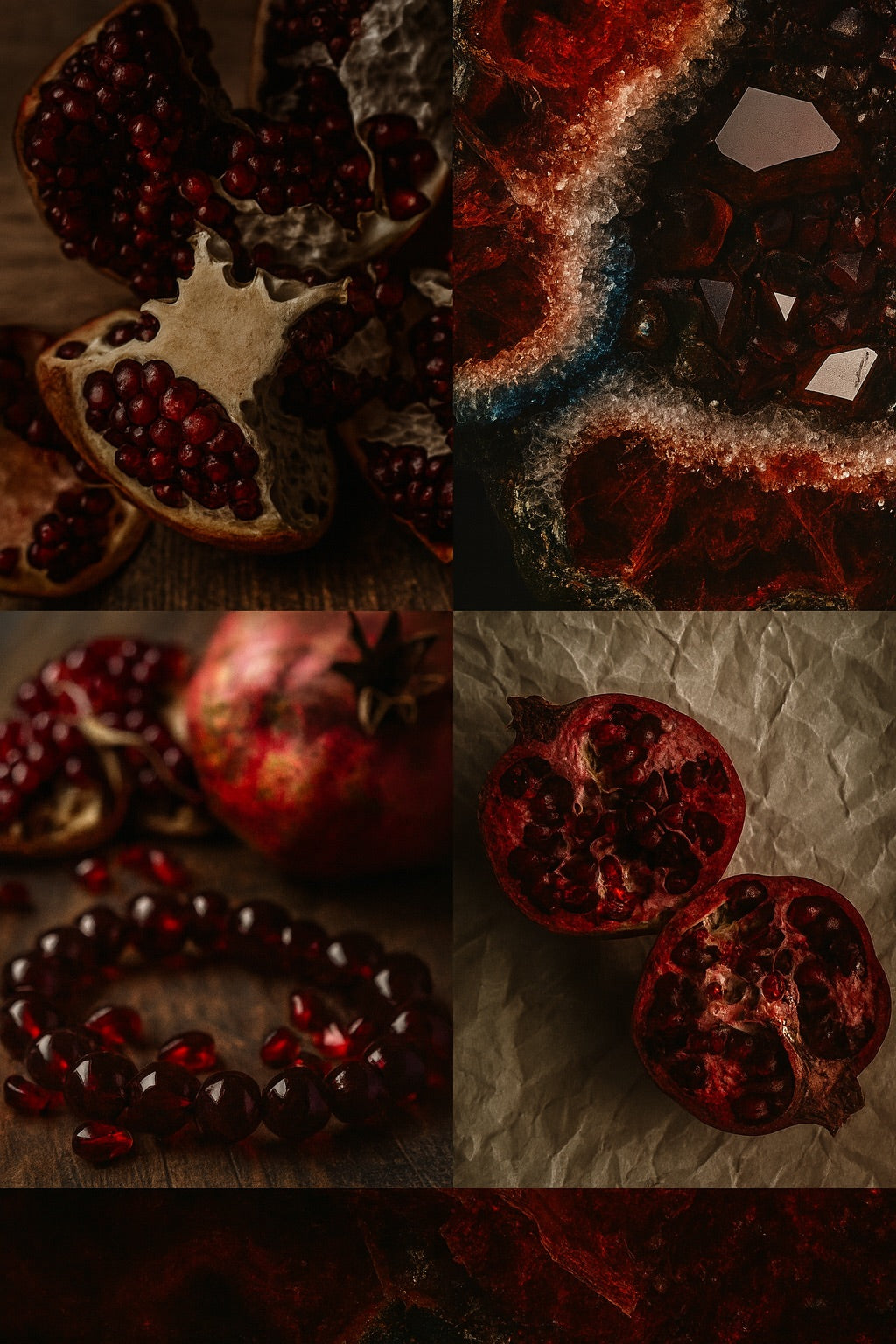
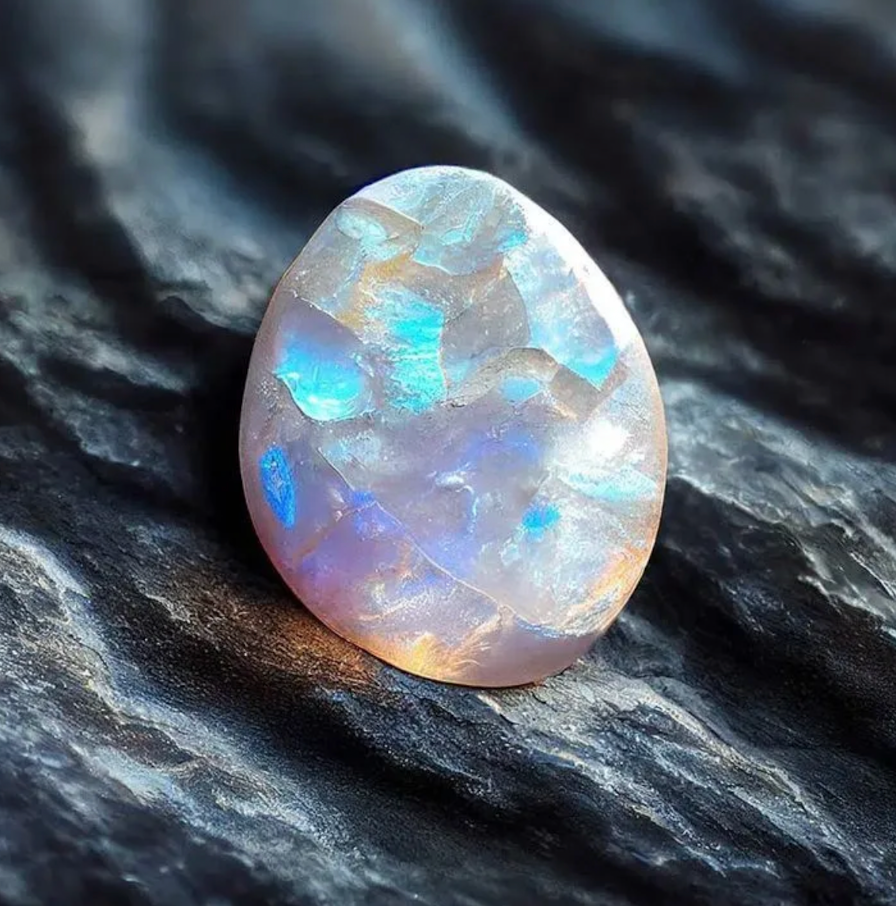
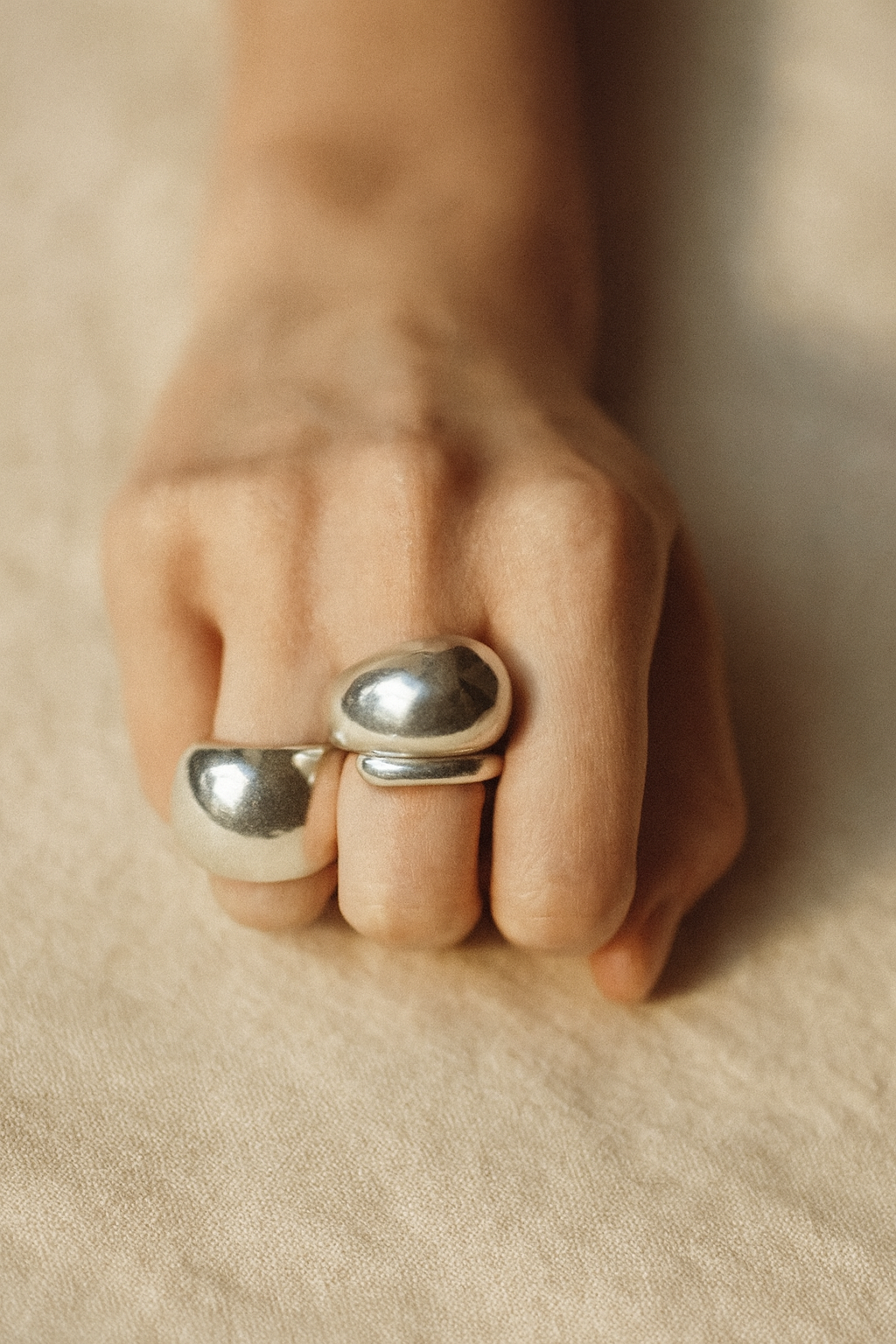
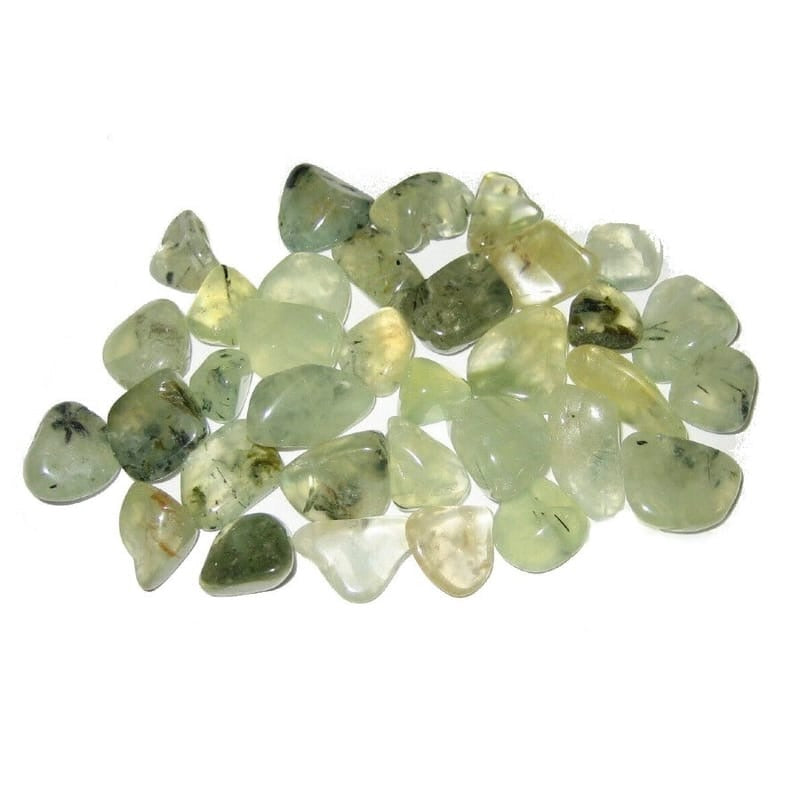
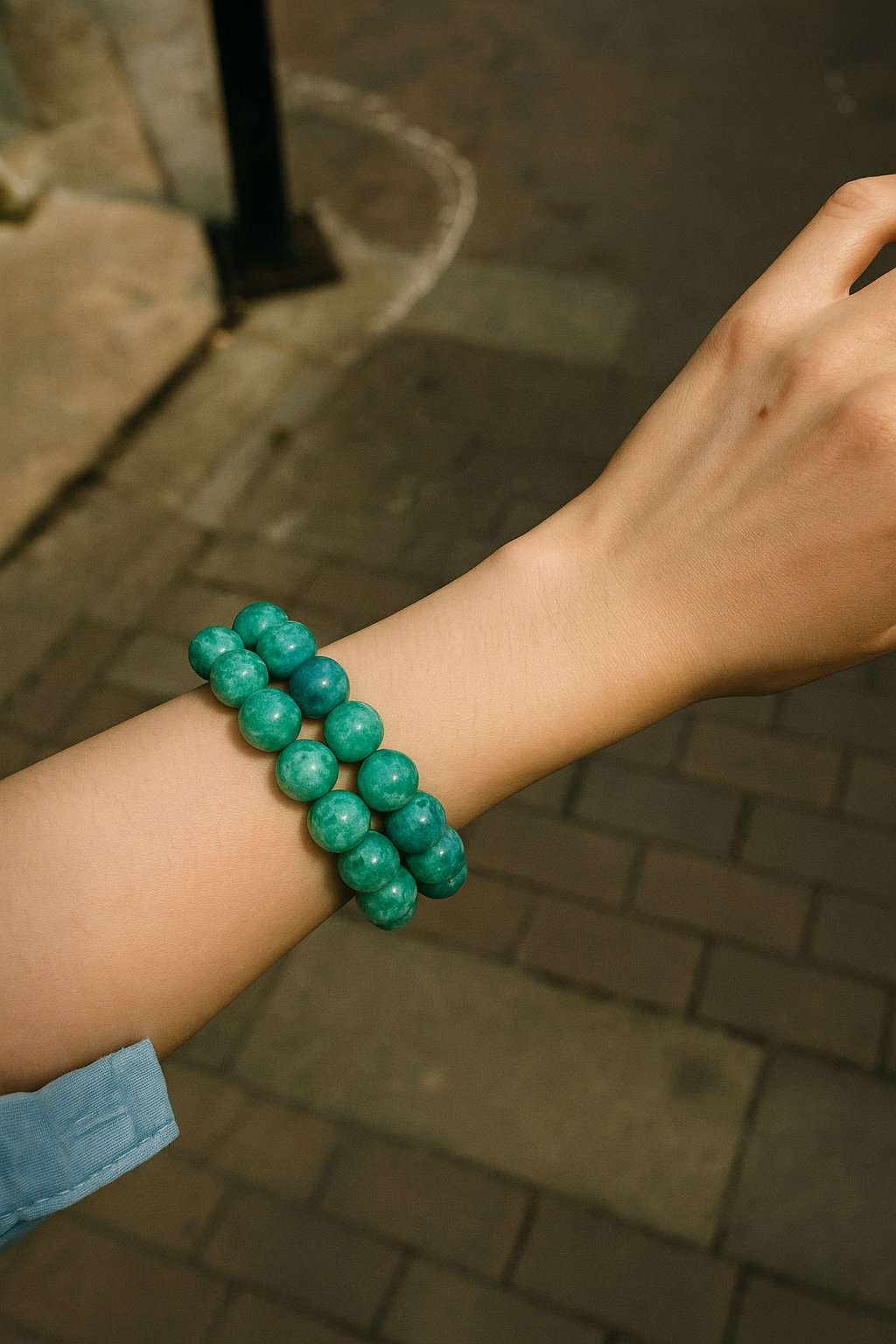

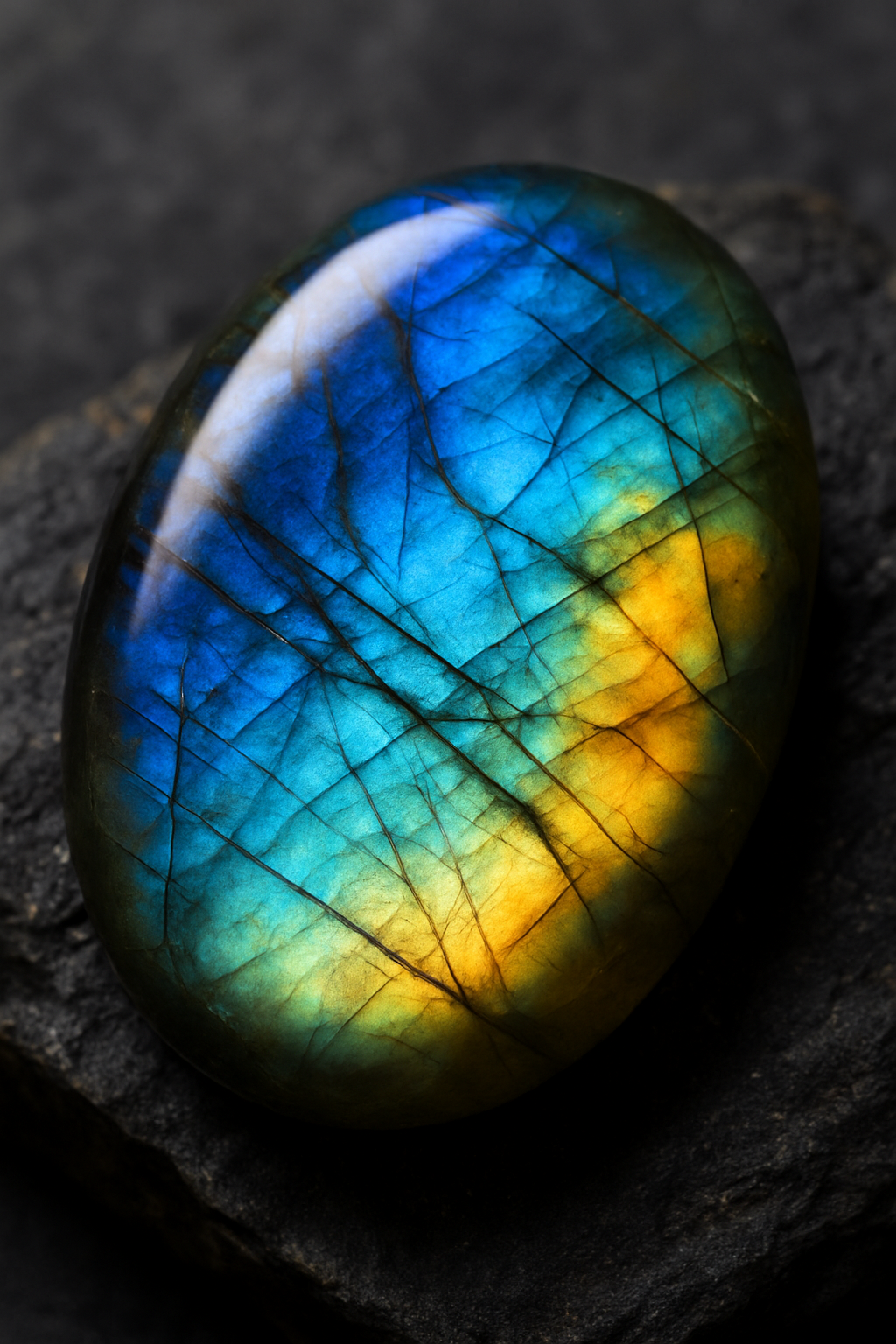
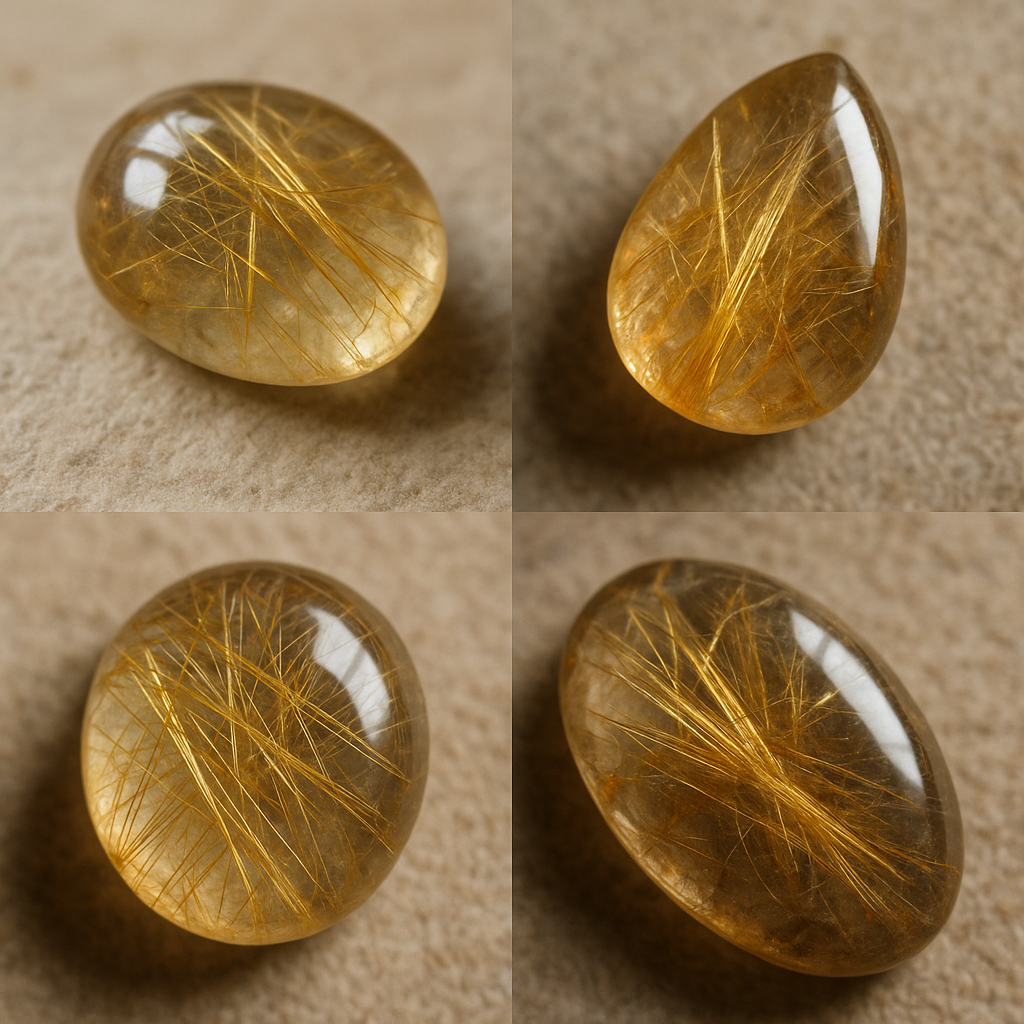
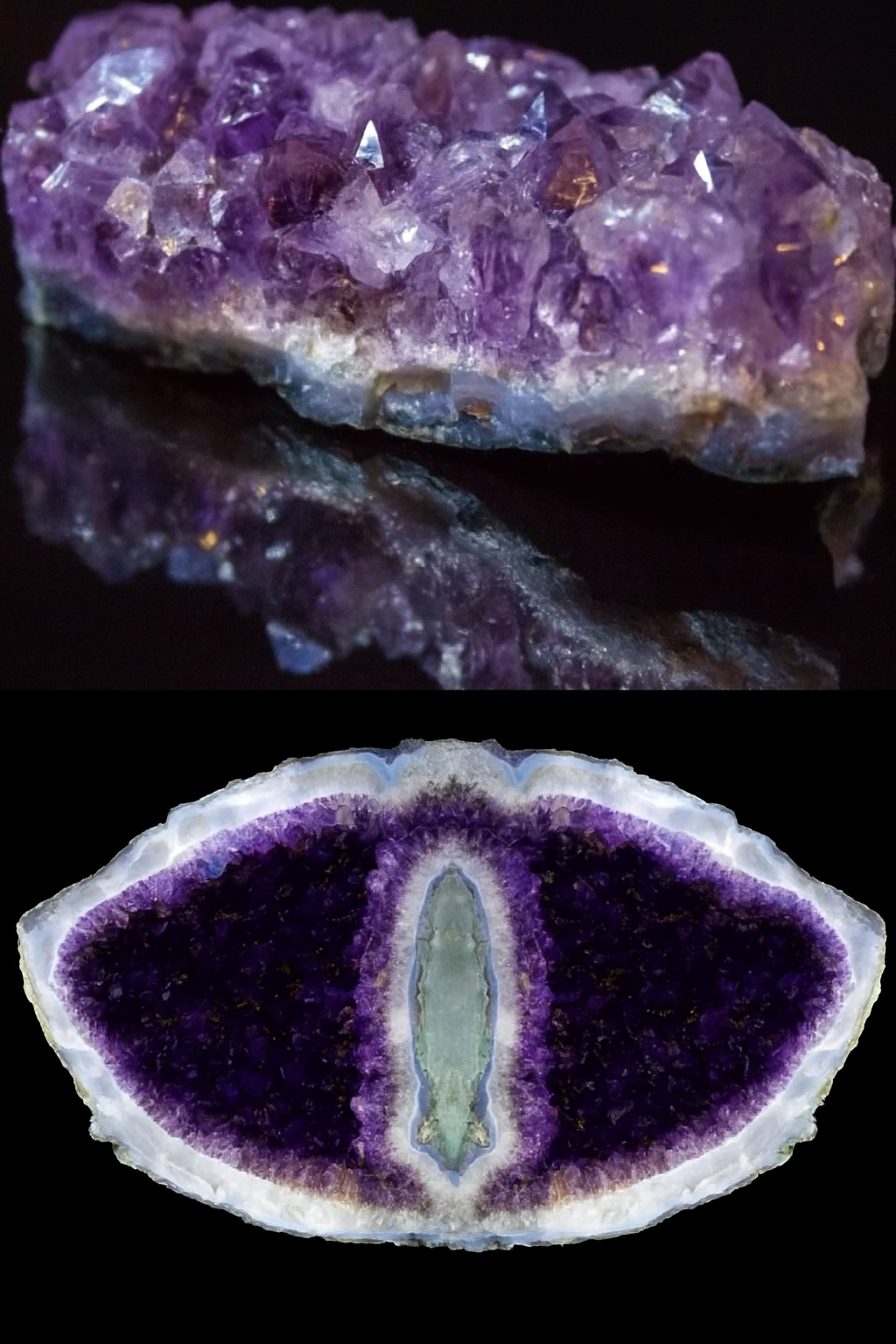
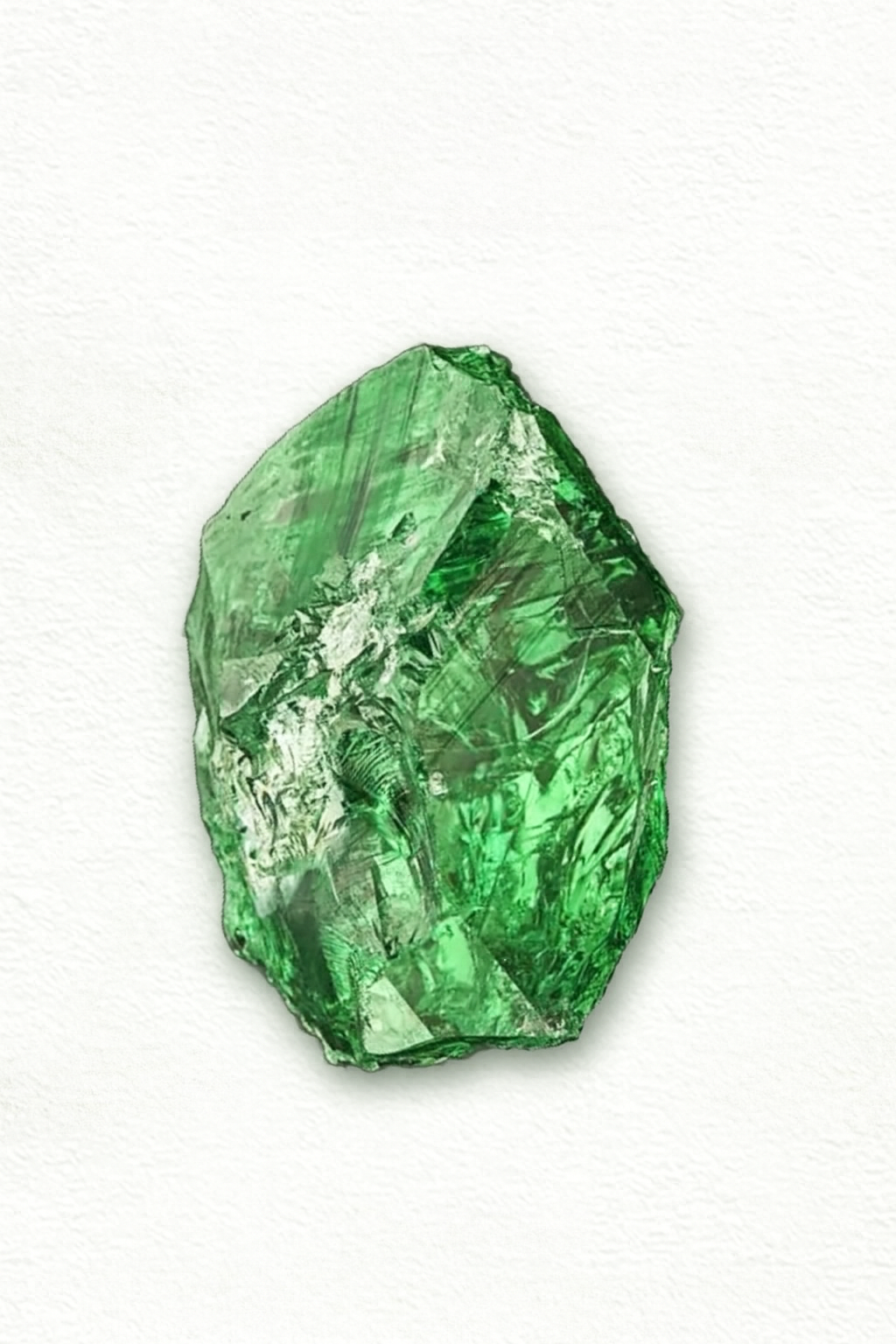

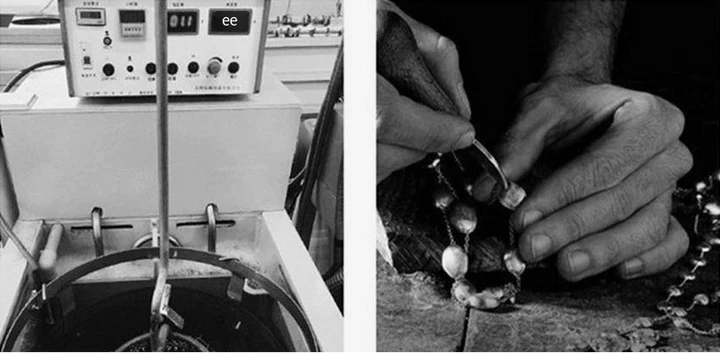
0 comments